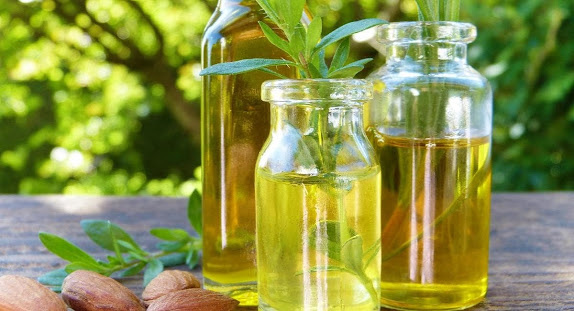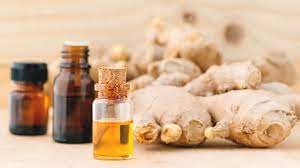Carrier And Essential Oil Quick Guide For Natural Beauty Products
Still, chances are that you have constantly heard the terms carrier oils and essential oils used together If you’re an avaricious fan of natural cosmetics or aromatherapy. You may have indeed assumed that the two could be used interchangeably. While both are used in holistic products and practices, they’re relatively different. It’s pivotal to understand these differences to ensure proper usage.
The oil is deduced from the adipose portion of a nut, seed, fruit, or kernel of a vegetable or other plant using one of two main methods of extraction maceration or cold- pressing. Maceration is a method that involves placing a dry plant in warm oil to prize the parcels of the asked factory. Cold-pressing, still, is the favored method.
Cold-pressed carrier oils use expeller pressing, which consists of pressing the nut, seed, fruit, or kernel at temperatures under 122 degrees Fahrenheit to prize oils. Cold-pressing preserves further the desirable properties of the plant than other styles. The uprooted cold-pressed carrier oils are suitable for direct skin application and can be used with essential oils to adulterate essential oils.
Some of the most common carrier oils include Olive, Argan, Coconut, Jojoba, Pomegranate, Sweet Almond, Carrot Seed, Grape Seed, Moringa, and Rosehip Seed Oils.
This method involves suspending shops over boiling water to draw out the oils into the brume, which is captured in a vessel. The steam cools as it works its way through tubing; condensing the brume back into the water. The oils don’t mix with water and the two separate to produce essential oils and hydrosols. Learn how to use Essential Oils. Common essential oils include Lavender, Lemongrass, Peppermint, Eucalyptus, and Tea Tree Oils, along with numerous others.




Comments
Post a Comment